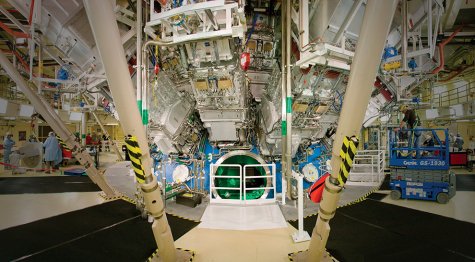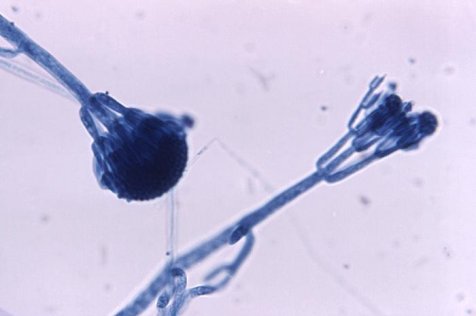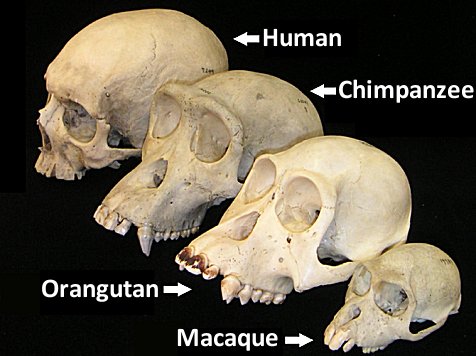
I have written several articles on the academic benefits of homeschooling (see here, here, here, here, here, here, here, here, and here). However, the benefits go far beyond academics. Homeschooled students are, on average, better socialized than their peers. They are more actively engaged in their faith than their peers, and they are more satisfied with life than their peers.1 They even sleep better than their peers!
Adding to that list of benefits, a recent study shows that homeschooled children are less likely to be obese than their peers.2 The study compared 47 homeschooled and 48 traditionally-school children, age 7-12. They measured the children’s fat mass, trunk fat, total body fat, and physical activity. They also asked the children what they had been eating. The researchers found that the homeschooled children had lower values in all three fat measurements. In addition, the homeschooled children reported better diets. As the title of the article aptly puts it:
Home-schooled children are thinner, leaner, and report better diets relative to traditionally schooled children
What was the main difference between the eating habits of the two groups? Not surprisingly, it was lunch. The traditionally-schooled children ate a lot more calories, sodium, and sugar at lunch than the homeschooled children did. Since lunch is the most likely meal to be eaten at school, the take-home message here is that the traditionally-schooled children are not being fed poorly by their parents. They are being fed poorly by their school.









